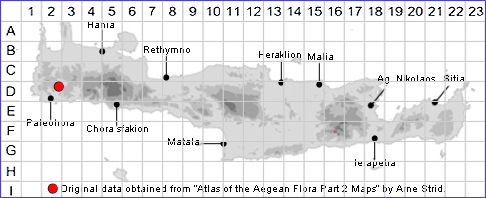SPECIES DESCRIPTION
VICIA BENGHALENSIS
Family and Genus:- See- LEGUMINOSAE/Sect. CRACCA
Common Names:- None
Homotypic Synonyms:- Cracca benghalensis.
Meaning:- Vicia (L) Binder, to bind, a name used by the Roman naturalist and
philosopher Pliny for vetch.
Benghalensis (L) From Bengal (Benghala), India.
General description:- Weak-stemmed annual or short-lived perennial.
Stems:-
1) 20-80 cm tall, sparsely patent-pilose or villous throughout.
Leaves:-
1) Leaflets, 5-9 pairs, oblong; tendril branched.
2) Stipules, usually dentate on one side and entire on the other.
Flowers:-
1) In long-pedunculate, 5-10-flowered, unilateral racemes.
2) Calyx tube, strongly gibbous at the base;
a) teeth, very unequal, the longest equalling the tube, linear-lanceolate.
3) Corolla, 12-18 mm;
a) standard limb, half as long as the claw, dark magenta-purple.
Fruit:-
1) Legume, 25-40 x 8-11 mm, pubescent. 3-5 seeded.
Key features:-
1) Stipules, usually dentate on one side and entire on the other.
2) Corolla, a dark magenta-purple.
Habitat:- Dry open shrubby vegetation, olive groves, orchards and somewhat damp
ruderal habitats. 0-600 m.
Distribution:- Scattered in coastal areas of W Greece. - Widespread in the
Mediterranean region, also cultivated and sometimes naturalised elsewhere. Very
rare on Crete currently known from only one location near Kandanos in the SW of
the island.
Flowering time:- Apr-May.
Photos by:- Courtesy of Wiki-Commons

